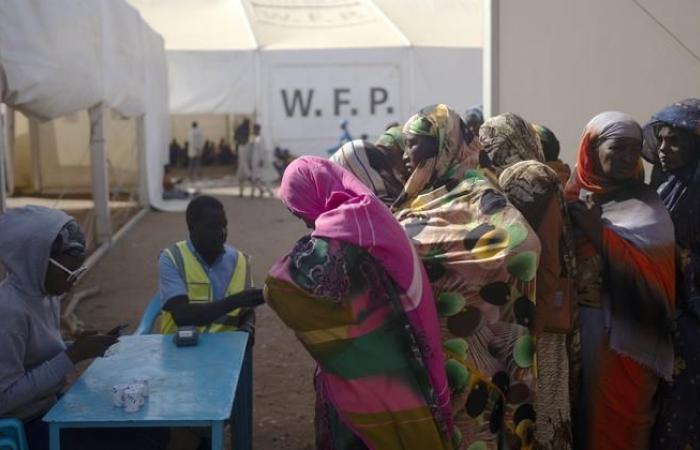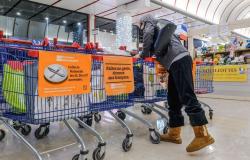
WFP currently has no food reserves in South Sudan to prepare for next year's humanitarian response and needs $404 million to concentrate aid at the start of the period. If it does not do so, WFP will have to resort to costly airdrops later in the year to reach isolated communities that face the most severe levels of hunger and are dependent on humanitarian food aid.
“It takes months for funds promised by donors to turn into food in the hands of hungry people in South Sudan. The country's limited road networks are impassable for much of the year – particularly in the east and center of the country where food insecurity is highest,” said Shaun Hughes, WFP Acting Representative. for South Sudan.
Nearly 80,000 people threatened by hunger
The appeal to donors comes a day after the release of the WFP and FAO report on hunger hotspots, which indicates that the situation in South Sudan is extremely worrying and where humanitarian action is essential to prevent famine and death. The document shows that the number of people facing starvation and death is expected to almost double between April and July 2024 compared to the same period in 2023.
Acute food insecurity in South Sudan – where 56% of the population is already facing crisis levels (IPC3) or worse of hunger. Between April and July 2024, projections indicated that 2.3 million people are facing an emergency situation (IPC phase 4) and 79,000 people are facing a disaster situation (IPC phase 5), in particularly in Pibor and Aweil East counties and among returnees from Sudan.
The critical food security situation is expected to worsen as the 2025 lean season approaches, which typically begins in May. The lean season in South Sudan runs from May to August and is the period before the harvest, when communities have the least to eat and hunger increases.
WFP forced to reduce number of people helped and rations
Additionally, the arrival of returnees, refugees and asylum seekers from Sudan to neighboring states is expected to intensify with the end of the rainy season and the escalation of the conflict in Sudan, further increasing pressure on host communities.
As if to aggravate an already worrying situation, floods cause displacement and damage. High food prices, severe economic hardship, conflict and insecurity are also key drivers of acute food insecurity.
But in a context of global instability that is increasing humanitarian needs, WFP has been forced to reduce the number of people it reaches in South Sudan and the amount of aid each person receives.
Only 2.7 million of the 7.1 million hungry people (38%) received assistance until the 2024 lean season, and most of them received half rations. Reducing operational costs is essential to enable WFP to reach as many vulnerable people as possible.
Costly airdrops
According to the WFP, the funds received before the end of the year will make it possible to preposition food by road to remote areas affected by hunger during the brief period of the dry season, from December to April.
This year, WFP had to double the amount of food delivered by air to meet food needs during the lean season, adding $30 million to overall operational costs, because food was not arriving on time in the country. In comparison, WFP was able to reduce airdrops by 70% in 2019 when prepositioning was optimized thanks to generous donor contributions and timely arrival of food.
Note that in this East African country, air drops can be up to 17 times more expensive than road transport and allow much less goods to be delivered in the same time frame.





